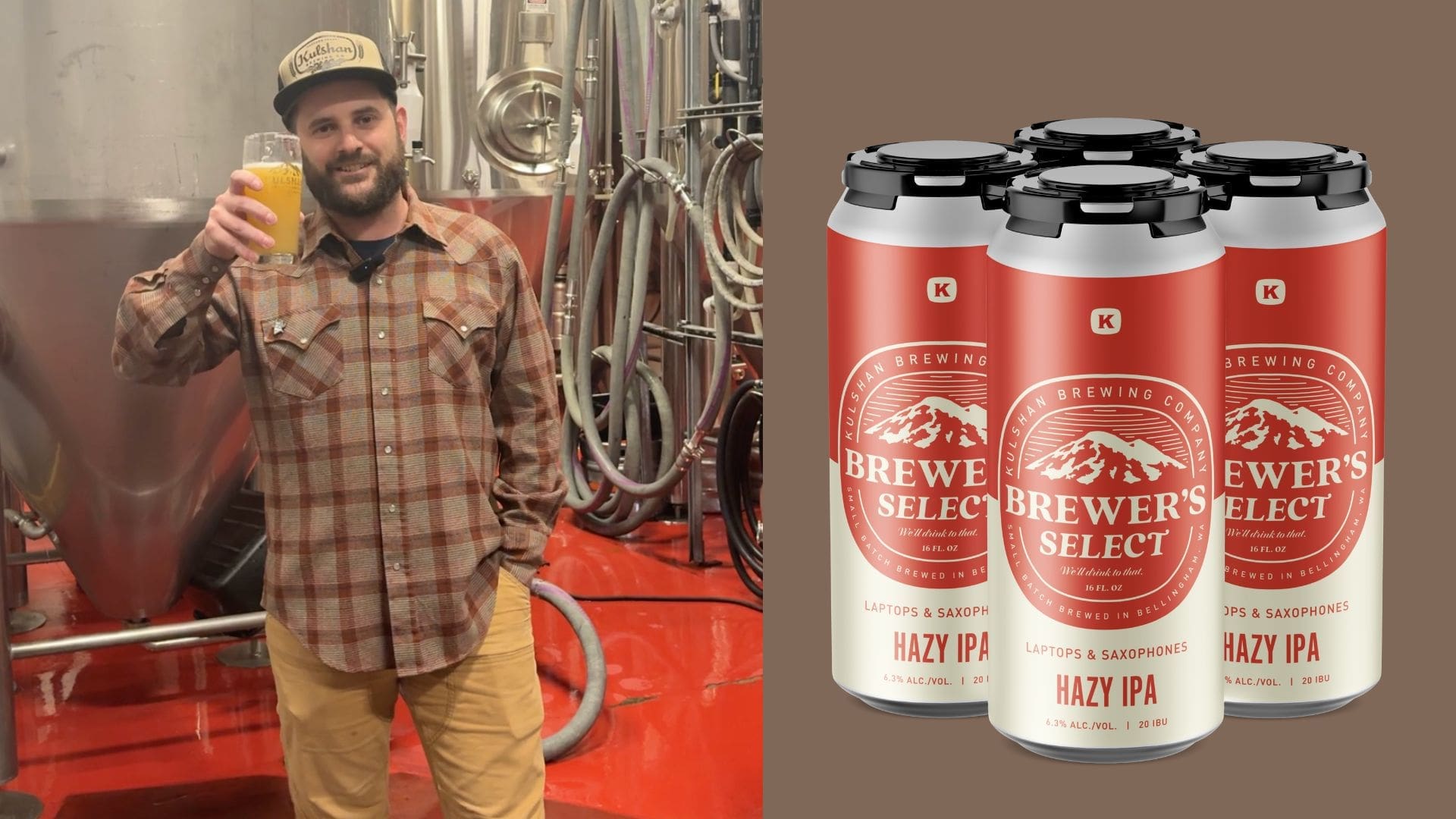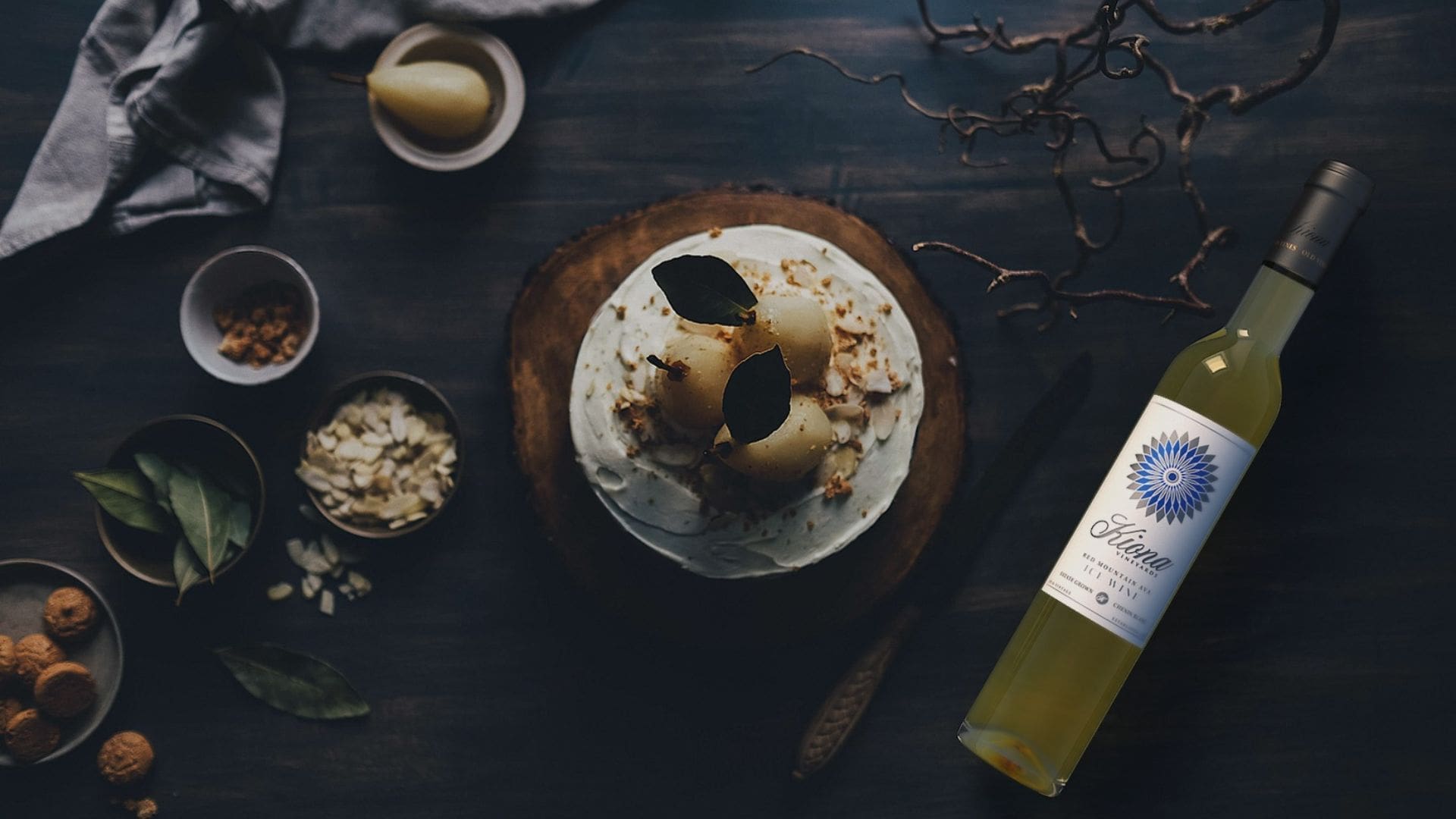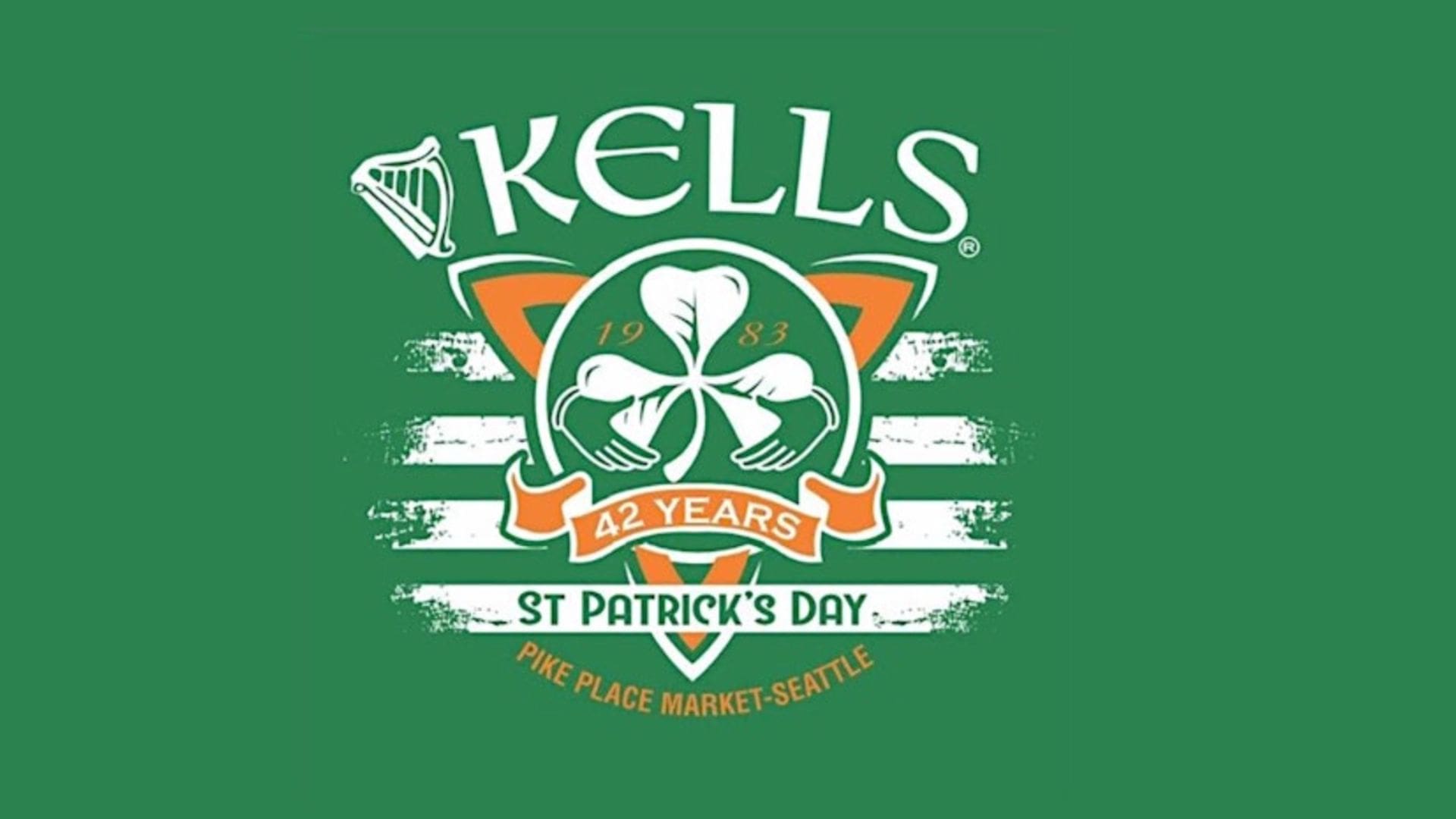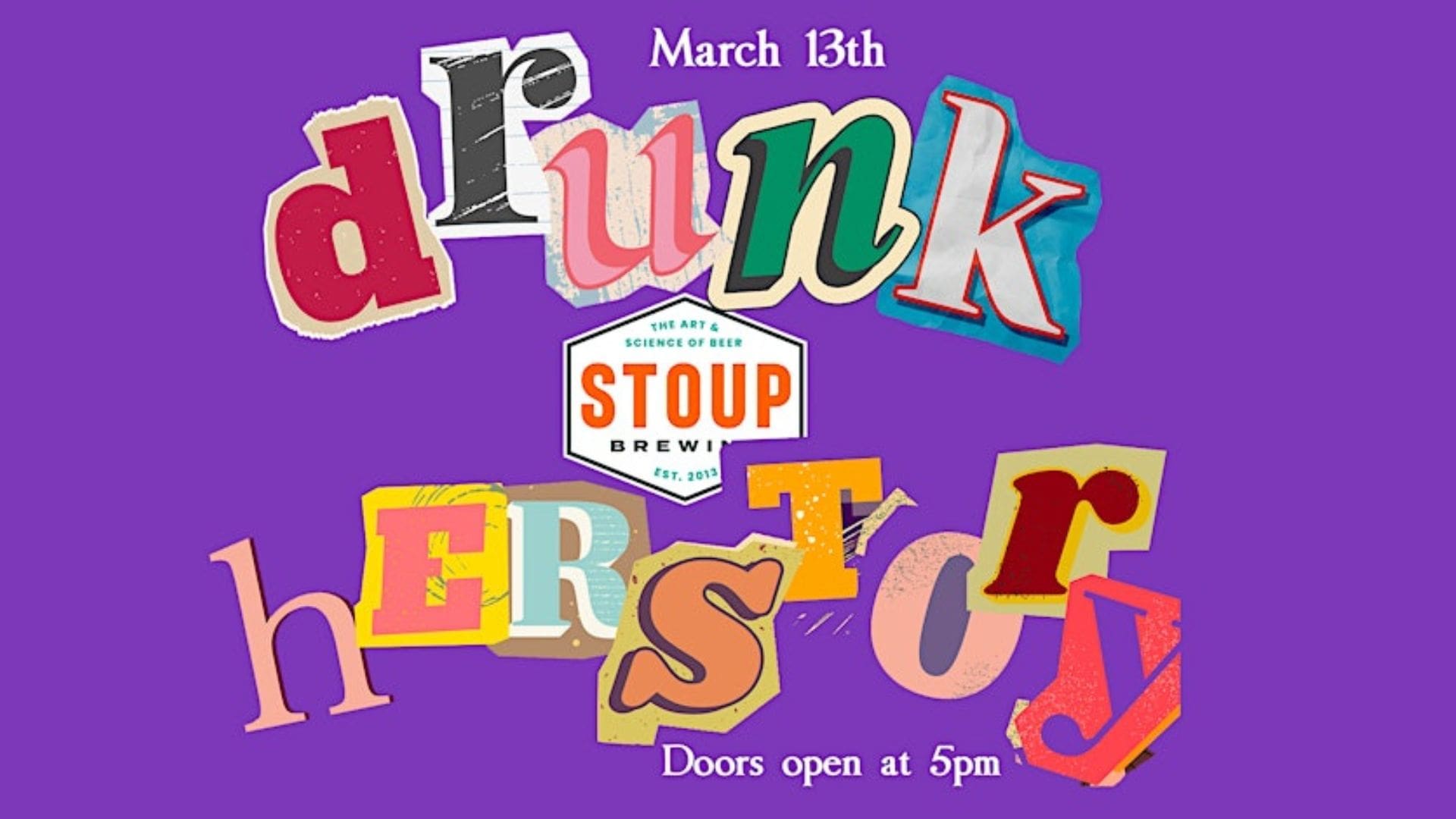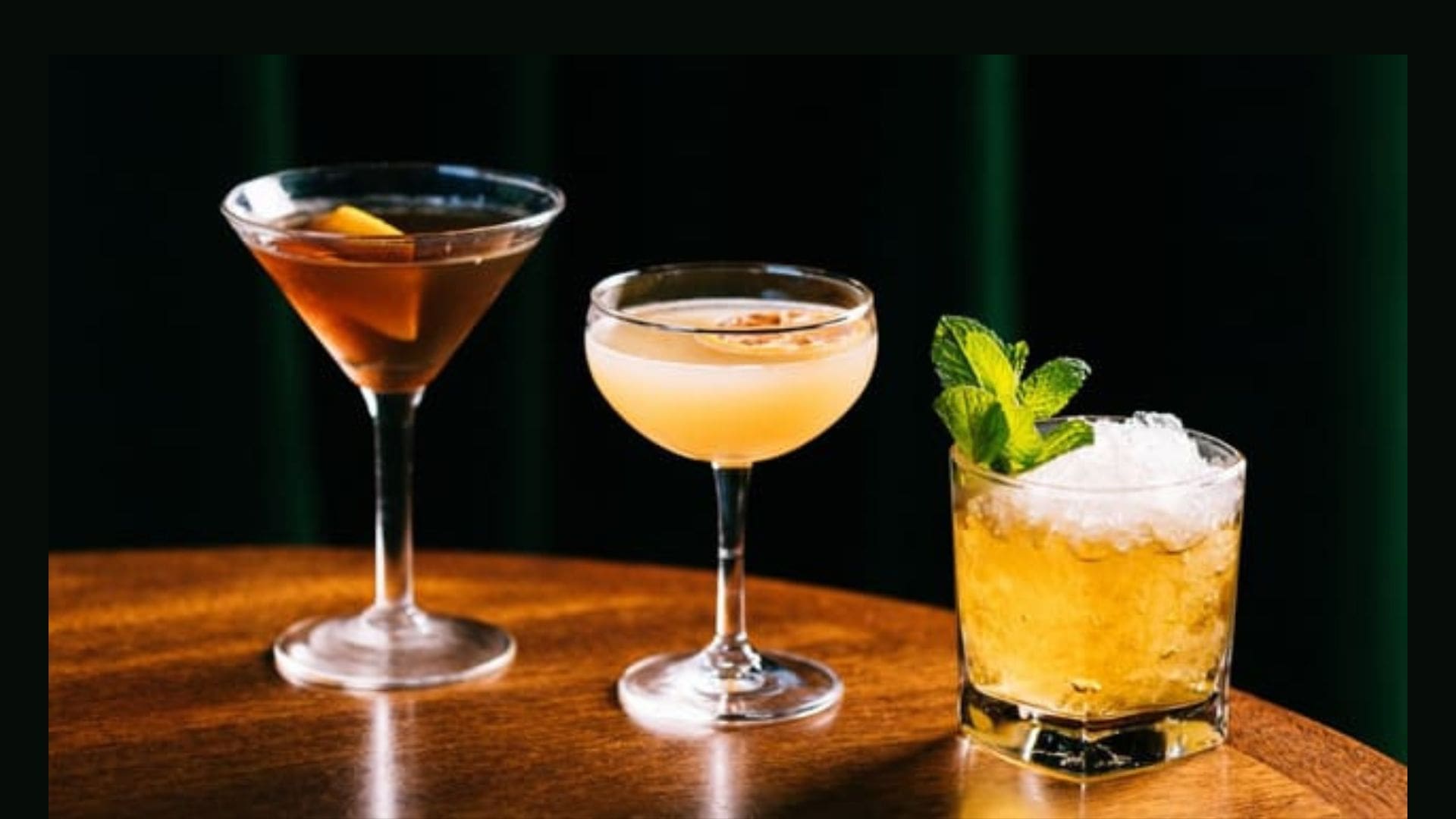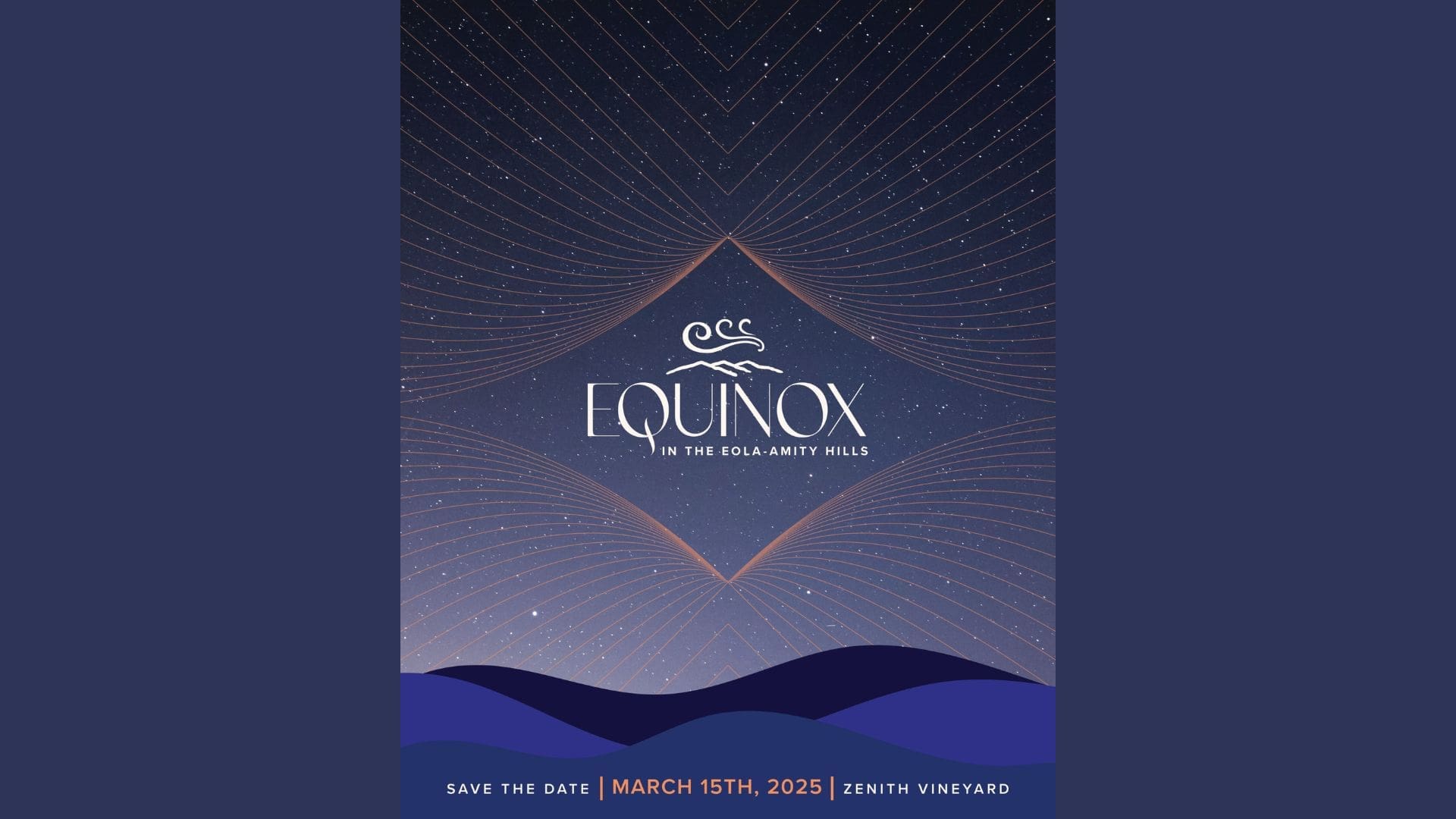I’ve often wondered why virtually every winery I’ve been to asserts that their wines are made to age. I mean, in a cynical way I know why: it’s the kind of claim that sounds good to the person doing the buying, even if in most situations we know they’re more likely to drink the bottle in the parking lot than they are to hang onto it for a decade, storing it in optimal conditions until it reaches a glorious maturity. That, of course, is assuming that said bottle really even should be aged in the first place — there are a ton of wines that can be delicious on initial release that just don’t really go anywhere when you hang on to them for a number of years.
Yet while the allure of the perfectly-aged bottle is a sales pitch that’s used in tasting rooms and wine shops all over, I’ve often had a few doubts. Not that age-worthy wine doesn’t exist, or isn’t being made here, but that it was far less common than we’d been led to believe and that the wines touted for the ageability are not the ones that actually deserve it.
I recently had the chance to try some older bottles of wine from the Northwest and thus was able to see if any of them lived up to their claims of extended shelf life.
The single biggest takeaway I had was that vintages really made a difference. Pinot Noir from the Willamette Valley that was made in cooler vintages like 2007 showed more development, complexity and further aging potential than similar wines from warmer years like 2006. Wines that in their youth might have seemed closed off and quiet now seemed nuanced and thoughtful: They can be like people in that way.
Similar traits held true in Washington, especially those wines made from Cabernet Sauvignon and Merlot. The bold and brash fruit flavors from warmer vintages often tempted winemakers to use large amounts of new oak, and yet while the oak flavors may have persisted a decade later, the once-vibrant fruit could no longer quite match that intensity level. Again, I found myself drawn more to the wines from cooler vintages, wines that were made in a more restrained style yet were now fairly bursting with flavors and aromas from rich leather to tobacco smoke to black cherry. At least one bottle almost made me sad we had cracked into it, as it assuredly had at least another decade of life to look forward to.
It’s not that wineries are wrong, exactly. Many are making wines that do indeed last a decade or more in the cellar. However, the wines that they’re advocating for, in many cases, are the wines that cost the most and required the most new oak. While those wines may well age nicely, there is some risk that those bold and striking flavors never truly harmonize. Instead, consider the bottlings from less-touted vintages, made in a more restrained style, as they offer the most untapped potential.
Zach Geballe is a sommelier at the Dahlia Lounge, the owner of Vine Trainings where he teaches wine classes and a writer. He lives in Seattle, where he owns more wine than he can reasonably drink, but loves to share. You can find him at @zgeballe or vinetrainings.com.


